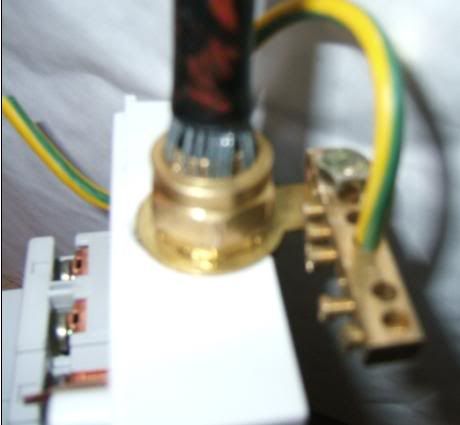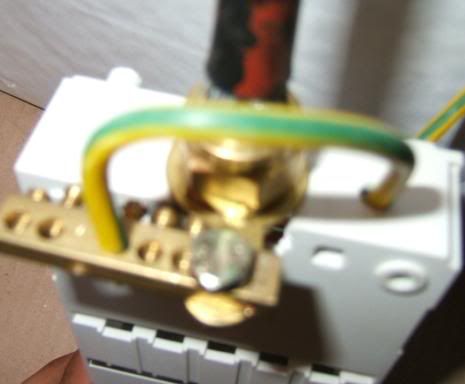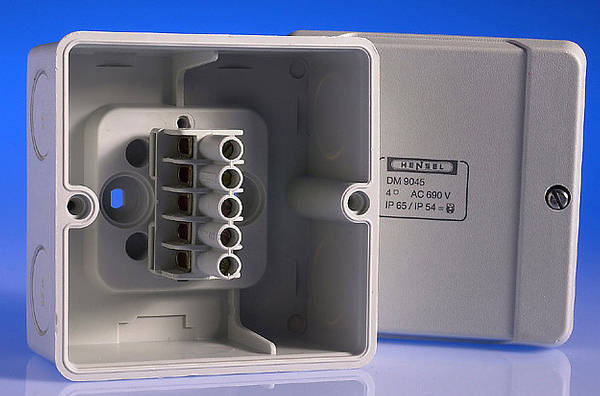Hi,
I was wondering why a galvanised metal junction box is preferred according to the advice on this board.
Has the metal j. box any advantages over an IP55 plastic waterproof junction box, or could this just be used just the same?
Also when in the junction box, could the banjo fitting on the SWA gland be attached directly onto an earth block , or should I crimp an eyelet to an earth cable and attach it directly to the banjo?
Many thanks for your help
kind regards
I was wondering why a galvanised metal junction box is preferred according to the advice on this board.
Has the metal j. box any advantages over an IP55 plastic waterproof junction box, or could this just be used just the same?
Also when in the junction box, could the banjo fitting on the SWA gland be attached directly onto an earth block , or should I crimp an eyelet to an earth cable and attach it directly to the banjo?
Many thanks for your help
kind regards




